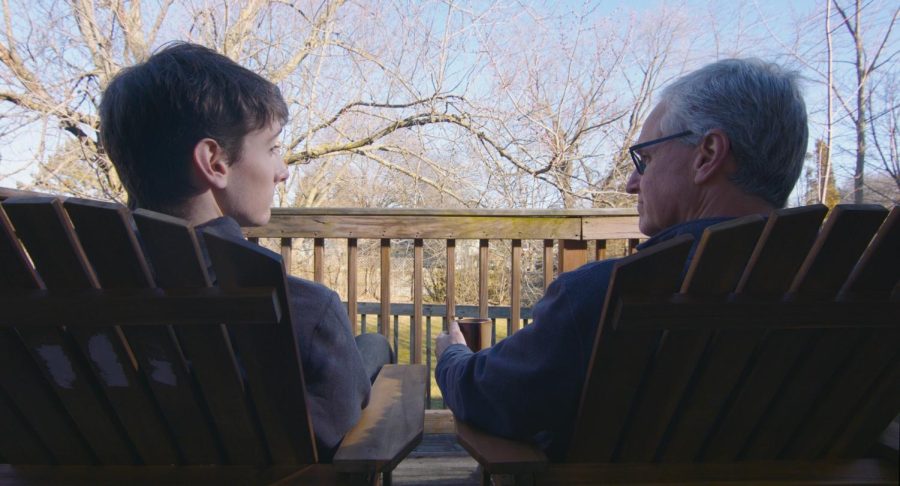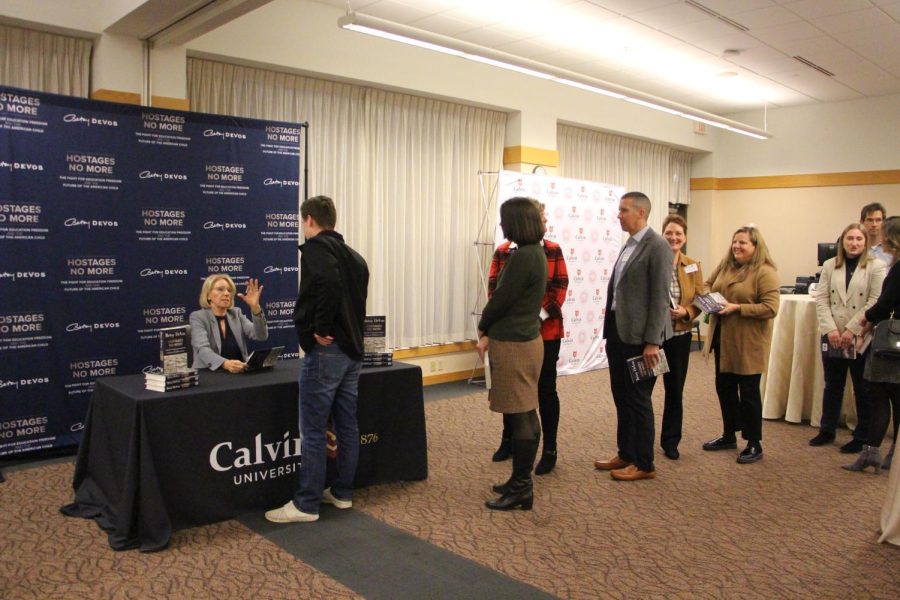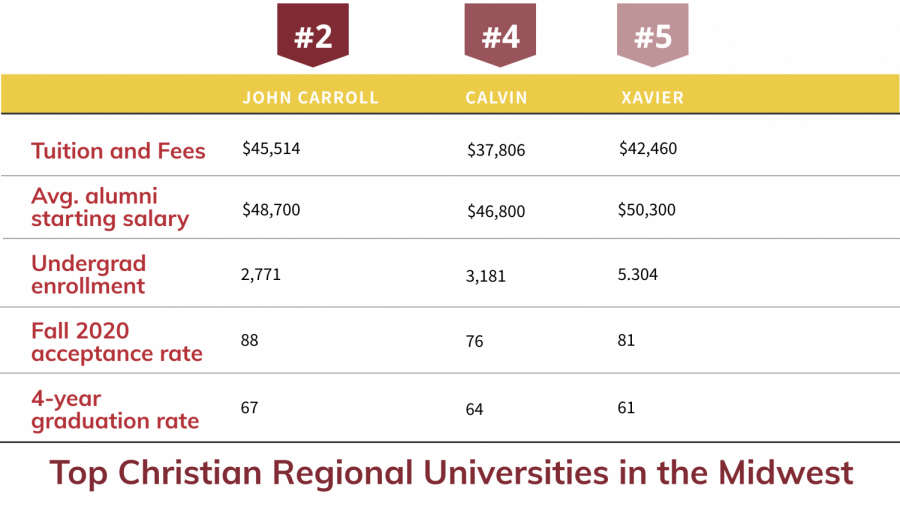At a recent meeting for student organization leaders, John “JB” Britton, associate dean of campus involvement and leadership, announced plans to cut the number of student organizations, asking current student leaders to provide input throughout the process of reevaluation.
Calvin College allocates approximately $115,000 per year to student organizations. Britton reports this number has not changed in the 17 years he has been working at Calvin, despite the number of organizations doubling during that time.
He explained that, with six organizations requesting to be chartered in addition to the current 76, the number has simply grown too large.
“I think the problem we’re facing today is that orgs that are efficient are running out of money and the orgs that are not efficient have this money sitting in their budget,” Britton explained.
However, he argued that money is not the only issue: “If it’s just about money, we could probably come up with some other ideas. If it’s just about efficiency, those are all things that we think have to improve as we look at student orgs.”
“The fault of this system right now is that we have a lot of groups that are existing, but not super effective. One of the goals would be … can we try to create a higher percentage of orgs that are actually functioning well and healthy and effective?”
Britton stressed the importance of student organizations, saying they add “vibrancy and culture to the campus” and serve as an important way of “learning outside the walls of the classroom.”
When Britton began his tenure at Calvin, he felt that, “if you’re passionate about it, we can create a space for you. We want to encourage student involvement, allow students with gifts to use those.”
While this encouragement saw a proliferation of student organizations, many quickly failed after losing their original leadership, or served only a niche group of students. Now Britton has revised those initial sentiments to reflect that students must also prioritize their “organization’s ability to be successful.”
He also proposed restructuring the assessment of student organizations. Currently, organizations receive a grade based on criteria such as communication with the student life office, activity on campus and leadership development. Scores on these measures result in a letter grade, which affects how much money the organization can apply for next year.
Britton explained that organizational cuts would be based upon expense, management, and effectiveness.
“It is no secret that every department and office on campus is facing budget cuts,” wrote Mattie Koppendrayer, president of the Art History Society in an email, adding that she was not surprised by the announcement.
“While this is painful to hear as the president of one of the smaller organizations … I understand why it has to happen.”
Koppendrayer suggested that smaller groups can combine, rather than being completely cut. “Student organizations do great things, and cutting down the number of orgs would not stop good things from happening,” she said. “It will simply consolidate the motivated students a bit more.”
“I think the idea of limiting student organizations, or at least specifying more criteria for them, makes sense,” said Anneke Essenberg, president of the Social Justice Coalition. “This would give each remaining org not only more financial investment, but also more student investment.”
Some student leaders, like Essenberg, felt that the issue does not lie in a deficiency of money for student orgs. “I’m fine with my current budget,” she said, “so I am not directly feeling the financial reasoning behind the move to limit the number of orgs.”
“I think it is good that they asked student leaders for input, but I hope that our voices play into the decision, and they did not just ask us so we feel like they cared about our opinion,” said Jennifer Kuiper, senior, who leads the student group Voice for Missions.
“This is not set in stone,” said Britton. “This is about creating conversation more than a decision.”








